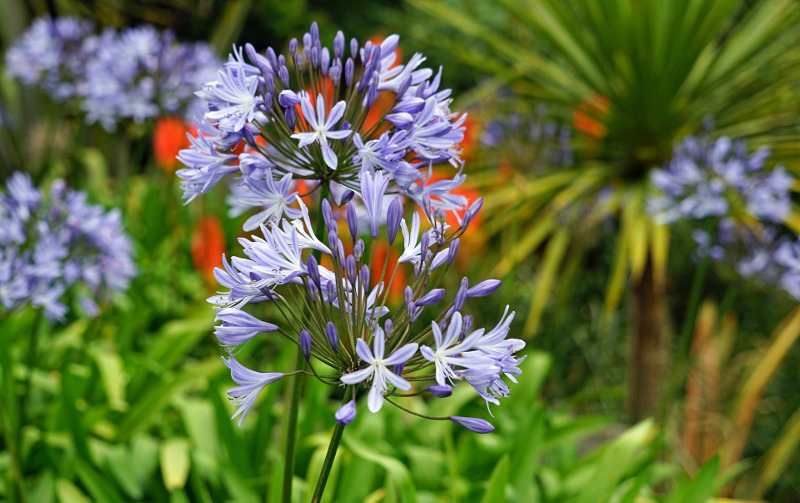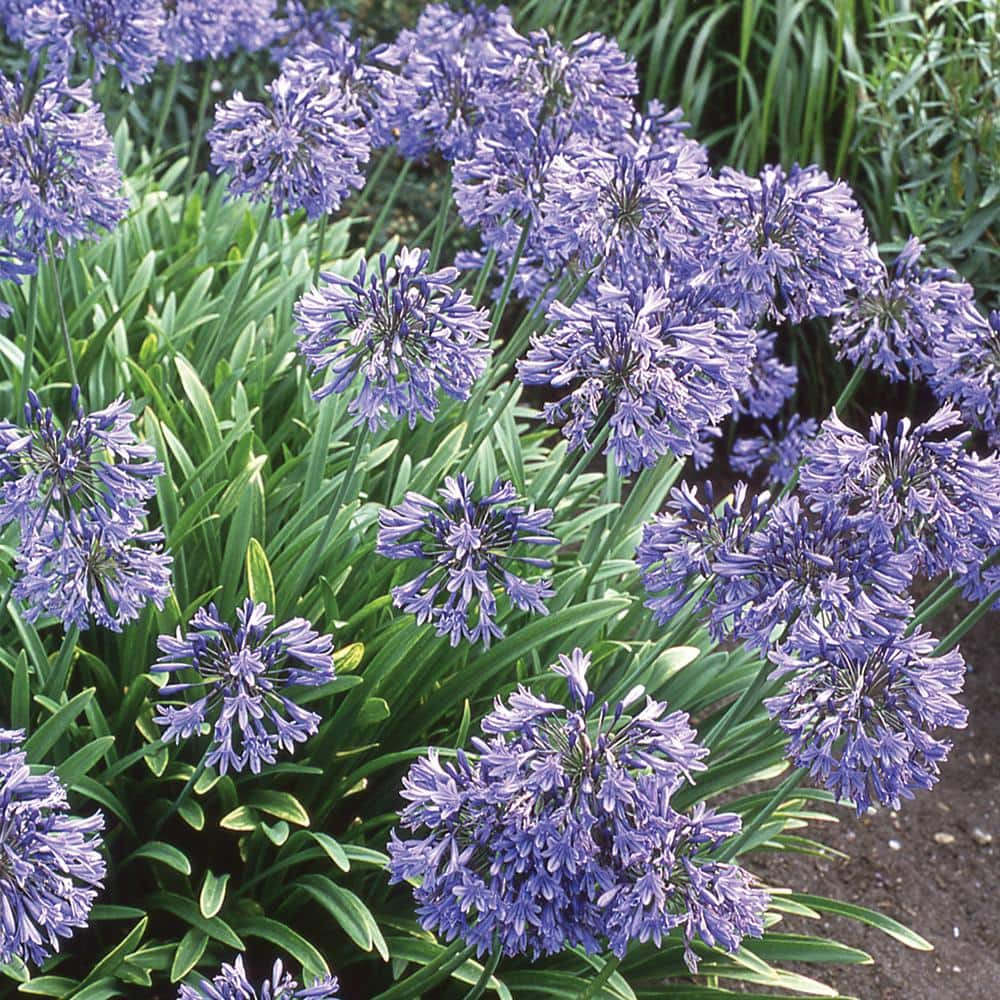Mastering the Art of Agapanthus Care: Crucial Steps for Healthy And Balanced Growth and Lively Blossoms
In the world of cultivation, the growing of agapanthus stands as a rewarding undertaking for those who seek to nurture these classy flowering plants. From selecting the appropriate variety to grasping pruning methods, the journey towards cultivating prospering agapanthus plants is diverse and holds the key to opening the complete capacity of these agricultural gems.

Choosing the Right Agapanthus Range

When picking the best Agapanthus variety for your yard, consider elements such as environment viability, blossom color, and growth practice. Agapanthus, generally understood as Lily of the Nile or African lily, comes in a variety of shades ranging from shades of purple and blue to white. Pick a blossom color that complements your existing garden combination to develop an unified landscape. Additionally, think about the environment in your region to ensure the Agapanthus selection you pick can prosper in your certain problems. Some selections are more tolerant of cool temperatures, while others choose warmer environments. Comprehending the development routine of various Agapanthus varieties is essential for proper placement within your garden. Some selections have a clumping growth behavior, suitable for boundaries or containers, while others have a more spreading nature, ideal for ground cover or mass plantings. By meticulously assessing these elements, you can choose the excellent Agapanthus selection to improve the beauty of your yard.
Ideal Growing Conditions
Taking into consideration the ideal ecological requirements is crucial for successful Agapanthus growing. Agapanthus plants are delicate to chilly temperature levels and ought to be safeguarded from frost throughout winter months.
To make sure healthy and balanced development and lively flowers, plant Agapanthus bulbs at a depth of regarding 2-4 inches and space them 8-12 inches apart. Including natural issue, such as compost, to the soil can improve water drainage and fertility, advertising robust root advancement. Mulching around the base of the plants assists retain wetness and reduces weed growth. Routine watering is critical, specifically throughout the growing season, to keep the dirt consistently damp however not soaked.
Watering and Feeding Tips
Keeping proper dampness levels and supplying necessary nutrients are crucial elements in the treatment regimen for Agapanthus plants. It is essential to strike a balance when it comes to sprinkling Agapanthus. If overwatered, these plants favor constantly damp dirt yet are prone to root rot. Throughout the growing season, water deeply as soon as a week, ensuring the internet soil is well-draining to stop waterlogging. In hotter climates or during periods of drought, more regular watering may be essential to keep the dirt equally damp. Nonetheless, lower watering in the winter months to avoid water logged problems.
Feeding Agapanthus is essential for advertising healthy and balanced growth and prolific flowers. Use a well balanced plant food, such as a 10-10-10 formula, in the early spring as brand-new growth emerges. By complying with these watering and feeding tips, you can guarantee your Agapanthus plants flourish and produce dynamic, lasting blossoms.
Pruning Methods for Agapanthus
Trimming Agapanthus plants at the ideal times and with proper techniques is essential for preserving their health and promoting optimal development and blooming. The suitable time to prune Agapanthus remains in late winter months or early springtime before new growth emerges. Beginning by getting rid of any type of dead webpage or yellowing leaves near the base of the plant. Cut them as close to the ground as possible without damaging the emerging shoots.
Deadheading spent flowers can likewise reroute the plant's energy right into generating even more blossoms rather than establishing seeds. If you want to accumulate seeds for proliferation, leave some flowers to completely dry and mature on the plant.
Bear in mind to use tidy, sharp devices to make precise cuts and lower the threat of presenting illness. Agapanthus. Normal trimming will help keep your Agapanthus looking healthy and cool while ensuring a plentiful display of beautiful find out here now flowers
Managing Usual Bugs and Diseases
After making certain correct trimming strategies for Agapanthus, it is essential to deal with typical pests and diseases that can influence the health and vigor of these plants. One common pest that influences Agapanthus is the Agapanthus gall midge.
Additionally, Agapanthus plants can endure from root rot if they are planted in badly draining pipes dirt. By being attentive and taking prompt activity versus parasites and diseases, you can aid your Agapanthus plants grow and generate lively flowers. Agapanthus.

Final Thought
To conclude, mastering the art of agapanthus care entails picking the appropriate range, giving ideal growing problems, correct watering and feeding, appropriate trimming techniques, and resolving typical bugs and diseases. By complying with these necessary steps, you can make sure healthy growth and vibrant flowers for your agapanthus plants. Remember to frequently monitor and preserve your plants to promote their total health and durability.
To make sure healthy and balanced growth and vibrant blossoms, plant Agapanthus light bulbs at a depth of concerning 2-4 inches and area them 8-12 inches apart. By following these watering and fertilizing pointers, you can ensure your Agapanthus plants thrive and produce vibrant, long-lasting blossoms.
One typical bug that affects Agapanthus is the Agapanthus gall midget. In addition, Agapanthus plants can experience from origin rot if they are planted in inadequately draining dirt. By adhering to these essential actions, you can make sure healthy and balanced development and vivid blossoms for your agapanthus plants.